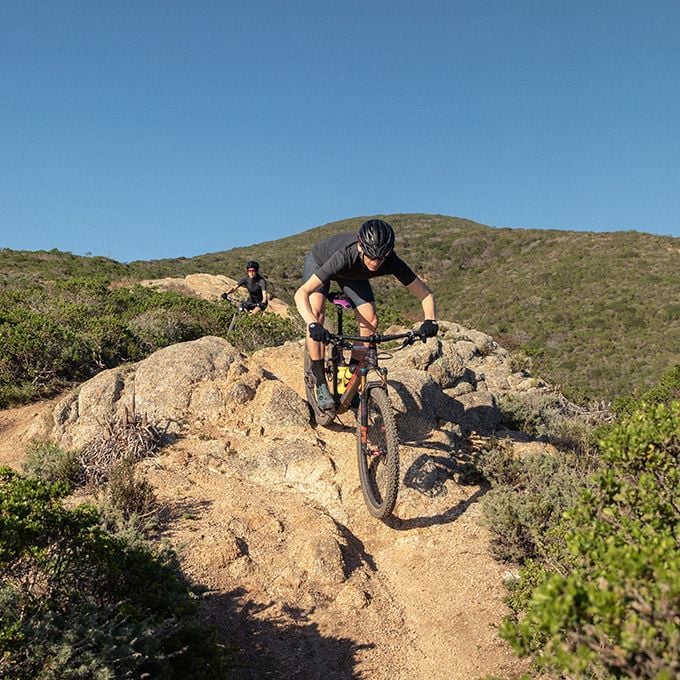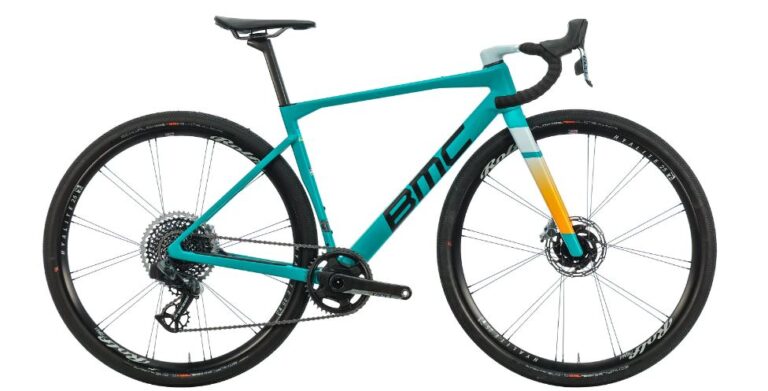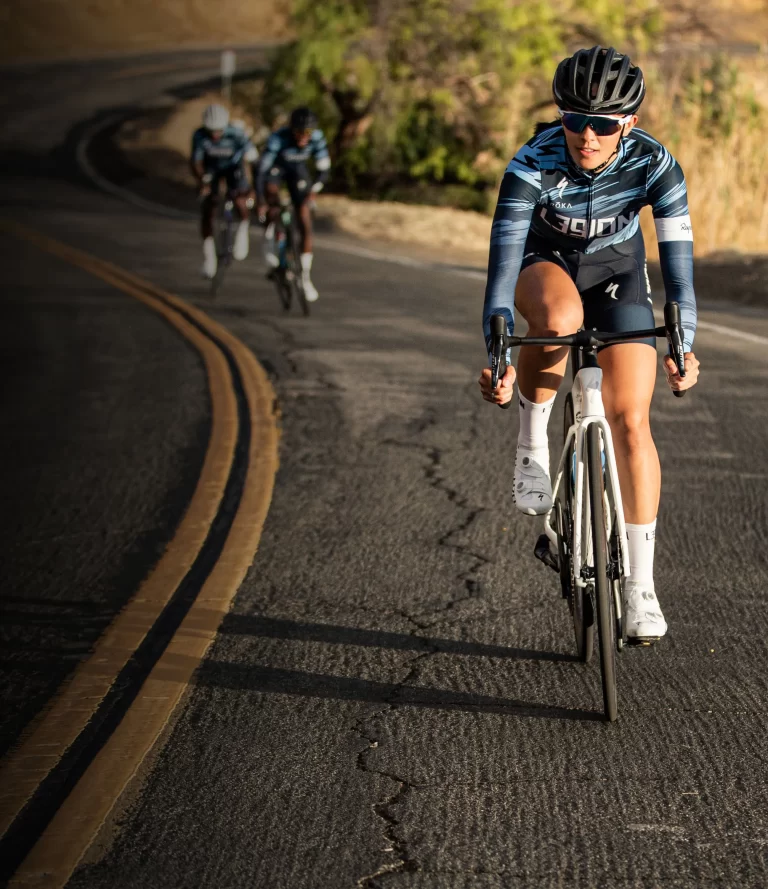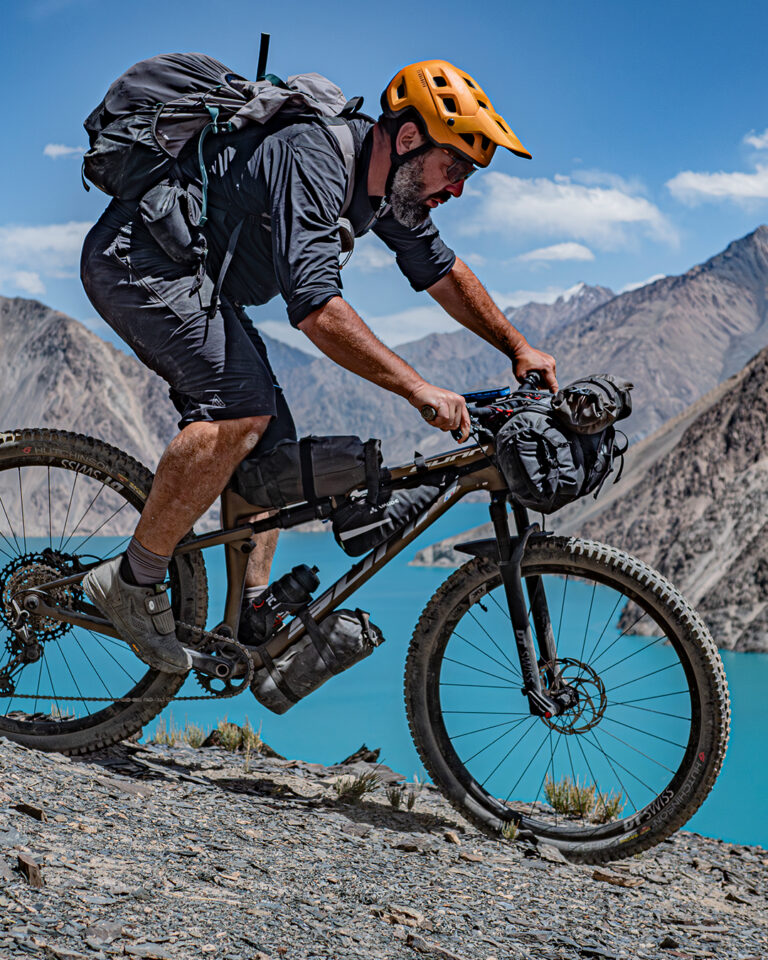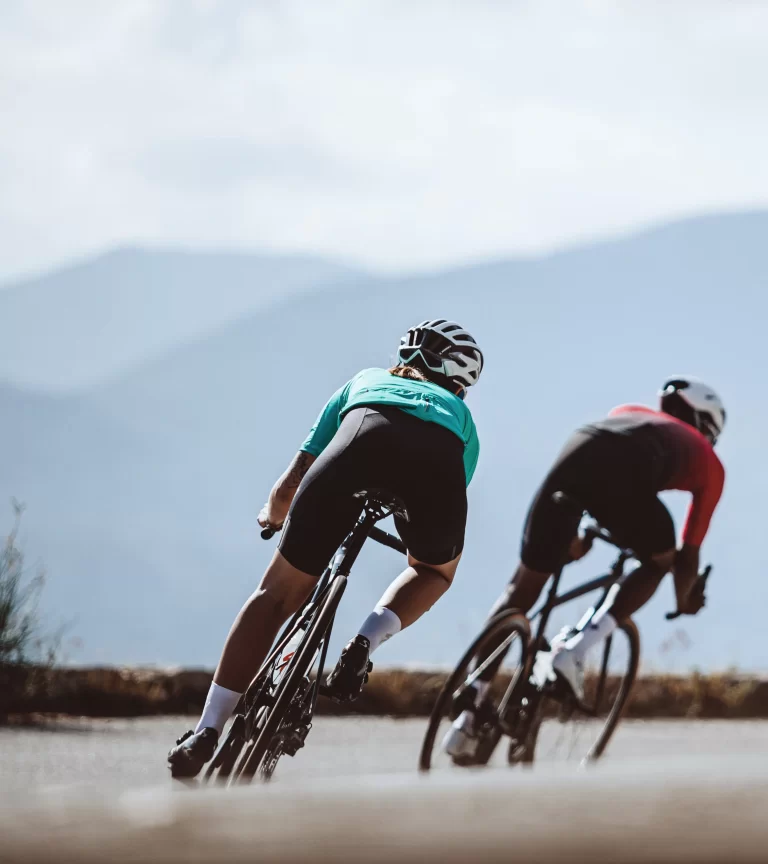Conquering Discomfort: Preventing Saddle Sores in Gravel Biking
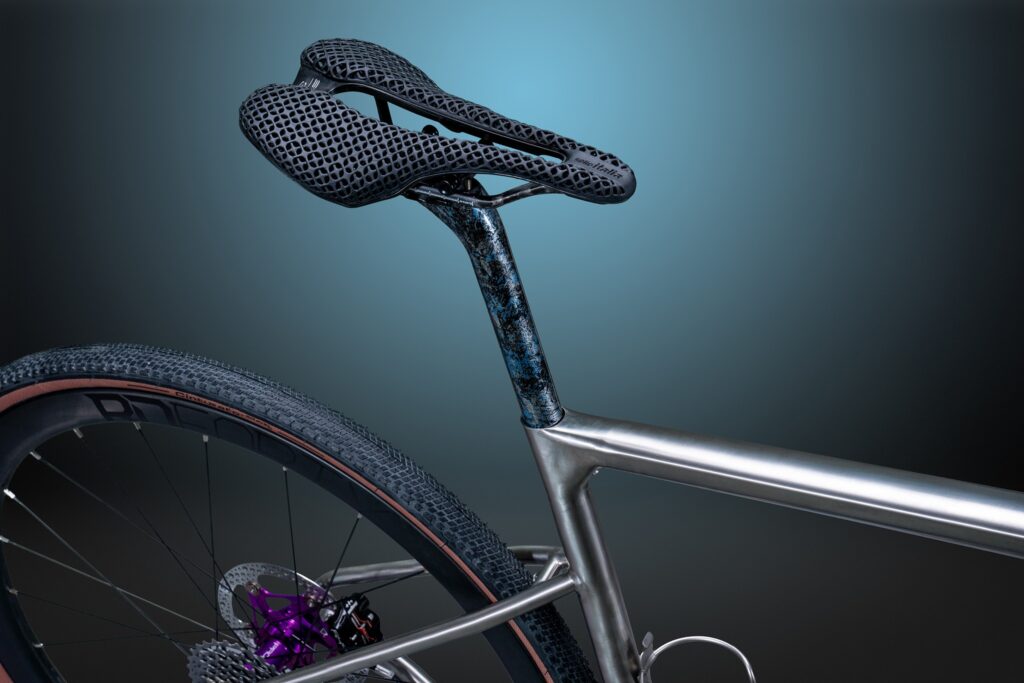
Key Point Summary of Preventing Saddle Sores in Gravel Biking:
- Understanding Saddle Sores: Identifying the causes and recognizing the symptoms of saddle sores common in gravel biking.
- Preventive Measures: Practical steps and cycling health tips to prevent saddle sores.
- Personal Strategies: Sharing effective tactics and anecdotes from my experiences in various cycling disciplines.
As a seasoned cyclist with years of experience in mountain biking, gravel biking, and cyclocross, I’ve faced my fair share of challenges, not least of which are saddle sores. These painful irritations can turn an exhilarating ride into a painful ordeal. Here, I’ll share insights and personal stories to help beginner and mid-level cyclists navigate this common issue.
Understanding Saddle Sores
Identifying the Problem: Saddle sores are skin irritations that occur around the areas in contact with the bike saddle. They range from mild chafing to painful, swollen abrasions or even cysts. I remember my first long gravel ride; the next day, I was acutely aware of the areas where my body met the saddle.
Common Causes: They often result from a combination of friction, pressure, and sweat. In gravel biking, the uneven terrain exacerbates these factors, increasing the risk.
Types of Saddles to Prevent Saddle Sores
Choosing the right saddle is paramount in preventing saddle sores. Saddles come in various shapes, sizes, and materials, each offering different benefits:
- Anatomically Shaped Saddles: These saddles have cut-outs or depressions to reduce pressure on sensitive areas. I switched to an anatomically shaped saddle after experiencing discomfort on long rides, and it made a noticeable difference in reducing pressure points.
- Gel Saddles: Saddles with gel padding conform to your body shape, providing extra cushioning and reducing pressure. While they might add a bit more weight, the comfort they offer is worth it, especially on uneven gravel roads.
- Narrow Performance Saddles: Designed for aggressive riding positions, these saddles allow for better thigh movement and can reduce chafing. However, they might not be suitable for everyone, especially for those who prefer a more upright position.
- Wide Saddles: Ideal for riders with wider sit bones or those who sit more upright. A wider saddle distributes weight more evenly, which I found beneficial during leisurely, long-distance gravel rides.
- Saddles with Flexible Bases: Some modern saddles feature a flexible base that adapts to your movements, reducing the friction that leads to sores.
Material Matters: Leather saddles, known for their durability, also mold to your body over time, potentially reducing hot spots. Synthetic saddles, while less adaptive, offer consistent performance and are often lighter.
Preventive Measures
Proper Saddle Fit: It’s crucial to have a saddle that fits your body. An ill-fitting saddle increases pressure points and friction. I learned this the hard way and quickly realized the importance of a saddle fitting session at my local bike shop.
Quality Cycling Shorts: Invest in high-quality padded cycling shorts. They provide cushioning and reduce friction. Changing out of them immediately after a ride to prevent bacterial growth is also vital.
Chamois Cream Application: Regularly using chamois cream can reduce friction and prevent bacterial growth. I make it a ritual to apply it generously before every long ride. Here’s a YouTube video of chamois cream explained by Cycling Weekly
Personal Strategies
Regular Breaks and Position Shifts: During long rides, taking short breaks and shifting your sitting position can alleviate pressure. In my early days of gravel biking, learning to stand on the pedals periodically was a game-changer.
Hygiene is Key: Post-ride, I prioritize hygiene. A quick shower and changing into clean clothes go a long way in preventing bacterial buildup.
Stay Hydrated, Stay Dry: Keeping the skin dry and hydrated is essential. I carry extra hydration and use moisture-wicking fabrics to keep the skin dry.
Saddle Brands That Summarize Key Materials for Sore Prevention
Different brands specialize in saddles that incorporate the materials and designs beneficial for preventing saddle sores:
- Brooks England: Known for their high-quality leather saddles, Brooks offers models that conform to your body over time, providing a custom, comfortable fit ideal for long gravel rides.
- Selle Italia: This brand features a range of anatomically shaped saddles with cut-outs, catering to those seeking pressure relief in sensitive areas. Their saddles combine innovative design with comfort-focused materials.
- Fizik: Offering narrow performance saddles, Fizik caters to aggressive riding styles. Their designs promote better thigh movement and reduce the risk of chafing.
- Specialized: Known for their Body Geometry design, Specialized provides a variety of saddles including wider options for upright riding positions and those with wider sit bones.
- Ergon: Ergon saddles are designed with a focus on ergonomics, featuring flexible bases that adapt to your movements, thus reducing friction and the likelihood of saddle sores.
- Gel Saddles from Brands like Bontrager and Serfas: These brands offer gel-based saddles, which are great for cushioning and comfort, especially on bumpy gravel terrains.
FAQ
Why do I keep getting saddle sores?
Recurring saddle sores can be due to several factors, such as an ill-fitting saddle or cycling shorts, lack of proper hygiene, excessive friction during rides, and prolonged exposure to moisture (sweat). Also, not using chamois cream or failing to take regular breaks during long rides can contribute to the problem. Ensuring a good fit for both the saddle and shorts, maintaining cleanliness, using chamois cream, and managing moisture effectively are key steps in preventing saddle sores.
What can I use to prevent saddle sores?
To prevent saddle sores, consider the following measures:
- Use Chamois Cream: Apply it to reduce friction and moisturize the skin.
- Wear Proper Cycling Shorts: Padded shorts can provide extra cushioning and reduce chafing.
- Ensure Correct Saddle Fit: A well-fitting saddle minimizes pressure points.
- Maintain Good Hygiene: Clean your skin and cycling shorts regularly to reduce bacteria.
- Stay Hydrated and Dry: Keep your skin dry to prevent irritation.
- Take Regular Breaks: Shift positions and take breaks on long rides to relieve pressure.
- Gradually Increase Ride Duration: Build up your riding time gradually to allow your skin to adapt.
These steps can significantly reduce the risk of developing saddle sores.

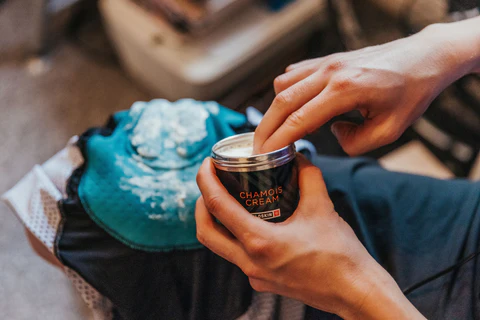
What cream prevents saddle sore?
Chamois cream is widely used to prevent saddle sores. It’s designed to reduce friction between the skin and the cycling shorts, moisturize the skin, and often contains antibacterial properties to reduce the risk of infections. Applying chamois cream to the areas of skin that come into contact with the saddle can significantly decrease the likelihood of developing saddle sores during long rides.
Final Thoughts
Preventing saddle sores in gravel biking is about understanding the cause, taking preventive measures, and employing personal strategies to stay comfortable on the bike. It’s a mix of right gear, good hygiene, and smart riding practices. With these tips, you can enjoy your gravel biking adventures with greater comfort and fewer interruptions.
Selecting the right saddle from these renowned brands can significantly impact your comfort and cycling performance, especially in gravel biking where the terrain can be unforgiving. Each brand offers unique benefits, whether it’s the custom fit of a Brooks leather saddle or the ergonomic design of an Ergon. It’s important to choose a saddle that suits your riding style, anatomy, and comfort needs to help prevent saddle sores.
John

